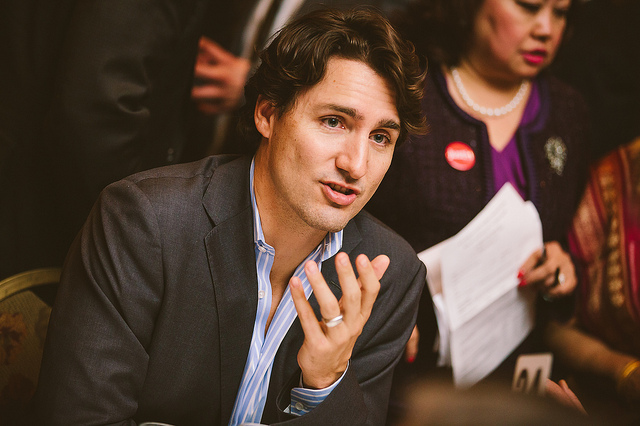Canada Legalizes Recreational Use of Cannabis

In what has already been called an “historic” vote, the Canadian Senate voted to legalize cannabis on June 19.
C-45 – or the Cannabis Act, passed overwhelmingly in the Senate by a vote of 52-29. Canadian Prime Minister Justin Trudeau has subsequently announced that the legislation will pass into law on October 17. The intent behind the legalization effort was to cripple organized crime and protect minors.
Only one other country in the world has taken such a dramatic step – Uruguay.
Now what?
The Medical Discussion Is Just Getting Underway
While legalization advocates and the increasingly corporate industry have everything to celebrate, this does not necessarily change the other conversation on the ground – in fact it only strengthens it.
Clearly this is a blow against prohibition still in force just south of the border in the U.S. This move alone is also likely to drive the debate in an environment where California and other states are clearly thumbing their noses at the federal government and proceeding apace with its own (and largest) U.S.-based marketplace.
However, there is another topic floating around this conversation. If cannabis is “harmless” enough for recreational use, its use for medical purposes has become the third rail that is now driving the conversation in other places – most certainly Europe.In the meantime, Canadian firms are in an unparalleled position to enter global markets (as they have already begun to do) and set the tone and debate.
Here, full legalization is absolutely off the table as policymakers and scientists begin to seriously contemplate integration of cannabinoids into comprehensive health systems. This week’s dramatic announcement in the UK to that effect, which came the same day as the Canadian vote, is one indication of that. Germany’s own cautious foray into medical use is another. The change in the law last year mandating public health insurance coverage of the same has created a population of 15,000 patients in the last year with many more lining up to obtain it. This population of patients will reliably use more cannabis every month than even the most dedicated recreational consumer.
What Comes Next?
Four and a half years after Colorado took the plunge, the world of cannabis acceptance has clearly changed – and for good.
But what is the next step? Clearly the pressure is now on in the U.S. to consider rescheduling to at least a Schedule II if not Schedule III drug. Marinol, the synthetic version of the drug, became a Schedule III drug in 2010. Epidiolex, GW Pharma’s drug derived from cannabis, just received FDA approval too. GW Pharma is the only British company allowed to develop cannabinoid medications. Let’s see how long that flag flies in the new commonwealth, with Canada fast behind the UK now as the two compete for the title of largest canna exporter. Globally.
The drug war, in other words, is finally coming to close for cannabisHowever full legalization – even in the United States and most certainly in Europe – is at least several years away.
In the meantime, Canadian firms are in an unparalleled position to enter global markets (as they have already begun to do) and set the tone and debate. How they will position themselves – as medical pharmaceutical or recreational companies – is another discussion that is still unfolding. Particularly because cannabis is a hybrid substance. And further, it is not entirely understood (nor has of course it been studied) where cannabis stops becoming a drug. If a consumer uses CBD, for example, as part of a wellness routine but also heads off a more serious condition, is the use of the plant “medical” or “recreational?”
These are all questions now on the table. But at least they are.
The drug war, in other words, is finally coming to close for cannabis. But the horizons beyond that, widely unexplored, promise blue ocean opportunities for decades to come. And not “just” in recreational use, but in the amazing worlds of science, technology and medicine that now lie within reach.